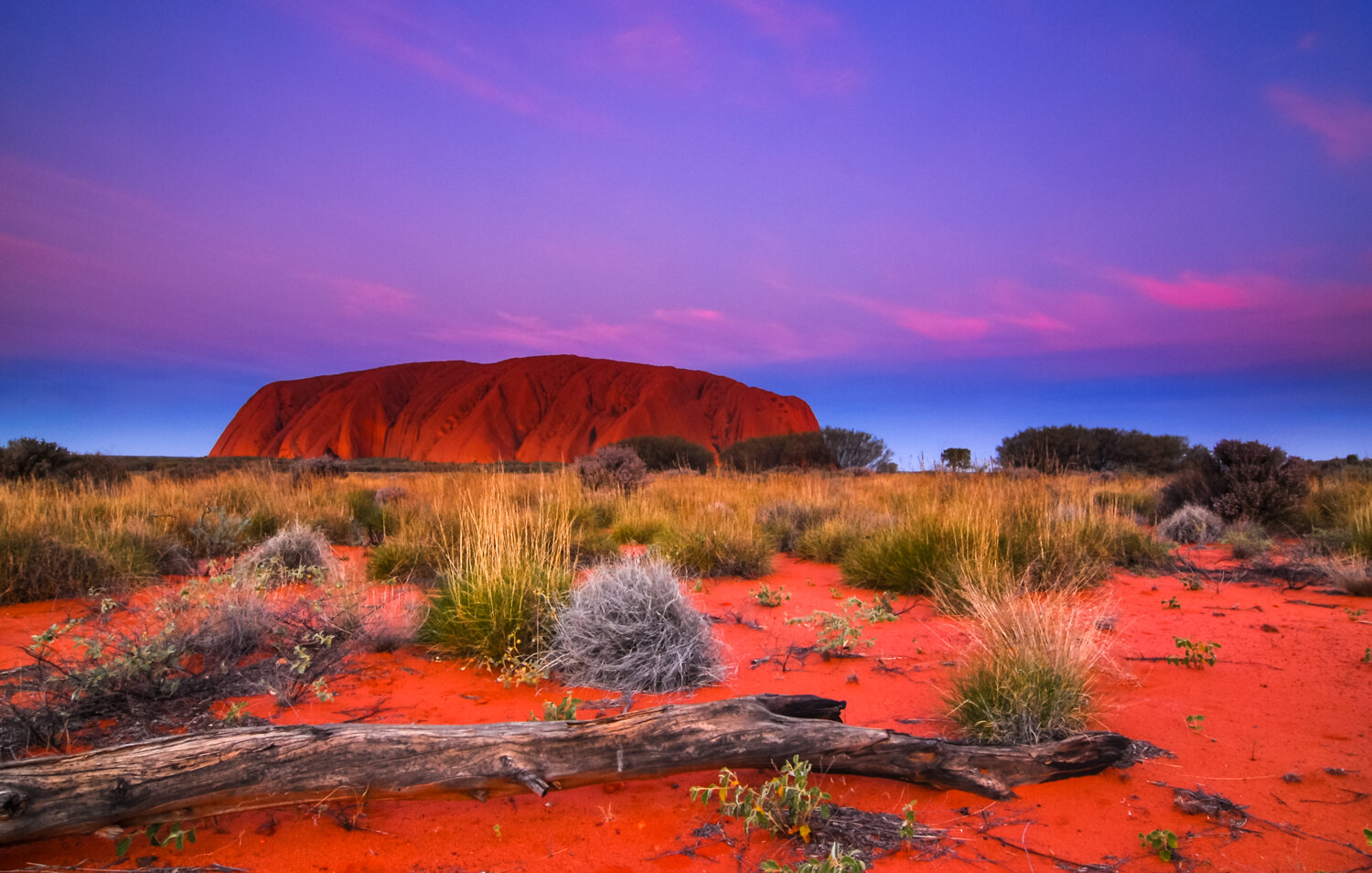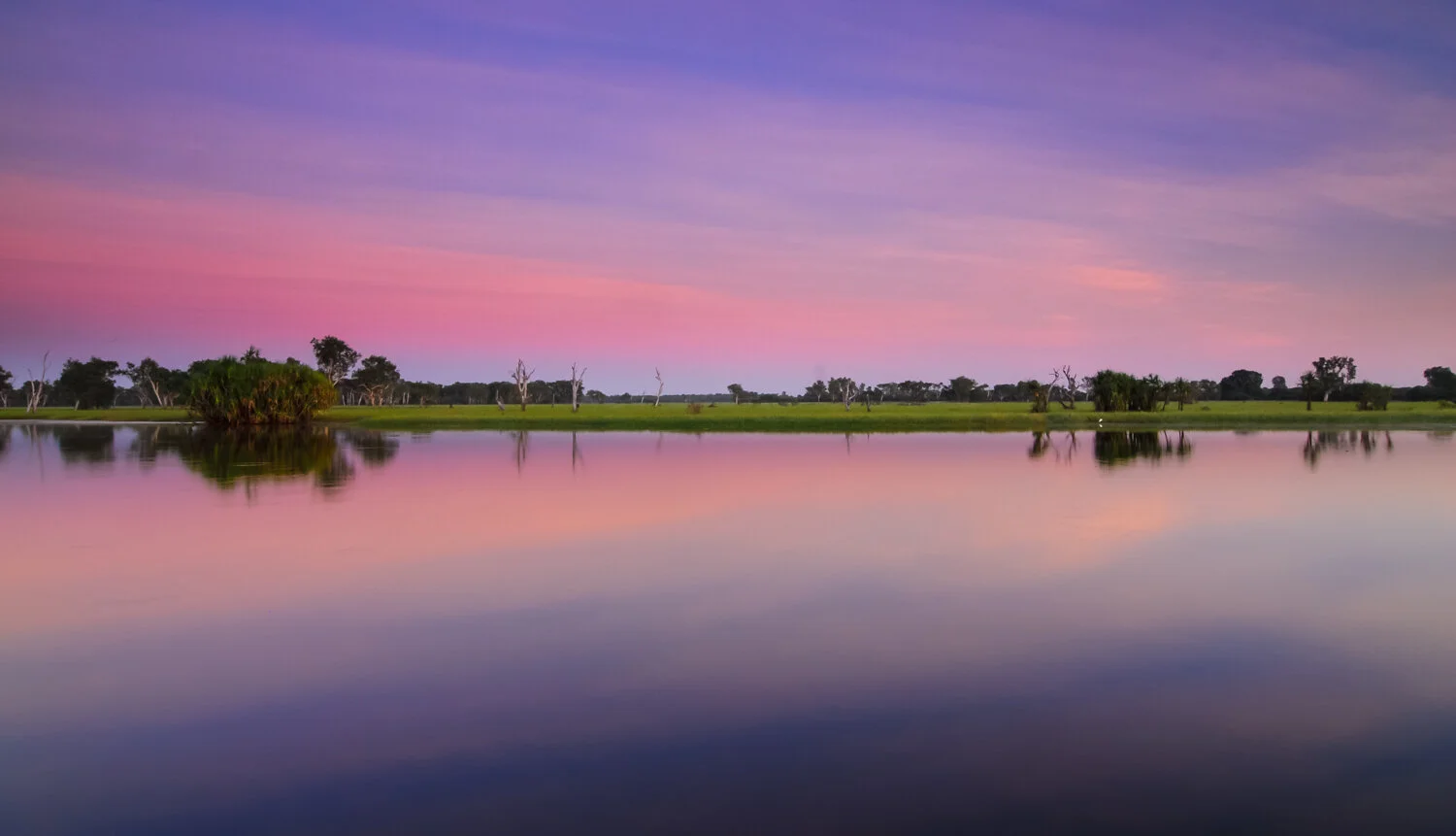While we had a great time taking photos of abandoned buildings on our trip around the Warrumbungle and Gilgandra Shire (see here), it was hard to go past some of the other sights that make up this part of country NSW. And one structure that is the ubiquitous in the food belts of NSW is the ‘grain silo’. These sculptural towers can often be seen from miles in all directions, their concrete grey curves making some interesting photographic compositions.
While they already have a unique sculptural element these agricultural landmarks have also been turned into a canvas of art.
What started in 2015 in Western Australia as a way of attracting travellers to visit far flung towns, has now grown in to more than 40 murals across several trails in most states in Australia. With more towns wishing to join the art trail 2 retirees have dedicated their time to setting up a website with a wealth of information on where to find them and the story behind the gigantic murals.
The one below is from Merriwa with an image of sheep wearing red socks in a canola field. In June each year the 'Running of the Sheep' is held down the main street - and yes they wear red socks!
While the art is fascinating, there is something unique about the raw untouched version that tells its own story in the rust and weathered structures.
While the silos often mark the smallest of towns, they are also associated with the rail line that connects these far flung outposts.
These little stations would have once been a hive of activity. You could almost imagine the farm hands arriving with little more than a bag over their shoulder looking for work during the harvest, or the wife waiting in anticipation for the weekly mail drop bringing some of the luxuries not available in town. There are echos in the wind of families waving goodby to their children as they board the train, heading back to boarding school having spent the holidays helping on the property.
Unfortunately, many of these small stations have not seen a passenger train for many years, and only the rattle of the freight train wakes the lone sleeping passenger waiting in vein hope for a ride.
I have already shared some of the haunting images of farm houses long abandoned (see here if you missed it), but it is no more evident than walking down the main street of these towns with their closed shops and boarded up windows. We all moan the loss of a bank from the suburbs in the big smoke but spare a thought for these communities that have not only lost their bank, but many of the essential stores that hold a community together.
While the towns are struggling, it seems that recent rains have been kind to this area.
While the majority of the country is a mix of crops in full seed or lush green pastures, a flash of yellow colour cuts through the landscape out of the window of the 4WD. These canola fields have become an Instagram overnight sensation with flocks of wannabe photographers with their i-phones wanting to snap a copy cat photo of themselves looking like every one else. Unfortunately, they leave behind a trail of destruction, not only to the farmers annoyance, but also more importantly to their livelihood. The most famous of these is the Riverina’s Canola Trail, taking in Coolamon, Junee and Temora shires. But for us we had our own peaceful version without all of the Instagramers - and no we didn’t trample any crop!
A few other random images that typify images from the roadside, such as the classic iron gate or the lone letter box, each one a demonstration of both the harshness and resourcefulness of country life.
Any road trip could not be undertaken without a quick visit to a country pub. Well, 12 to be precise! Not only did we contribute to the economy drinking in these establishments, but we also experienced the hospitality staying overnight in several on our trip. If you want to get ‘close and personal’ to life out here there is no better experience.











































































































































































































































































































































































































































































































































